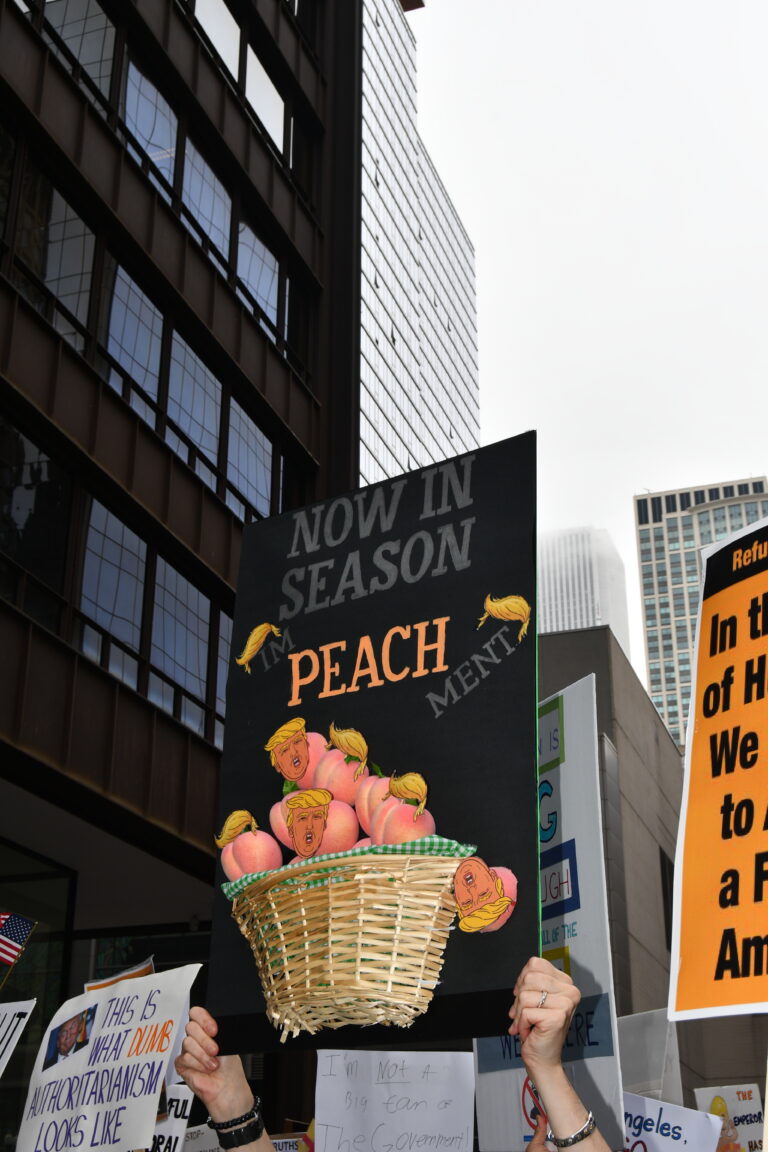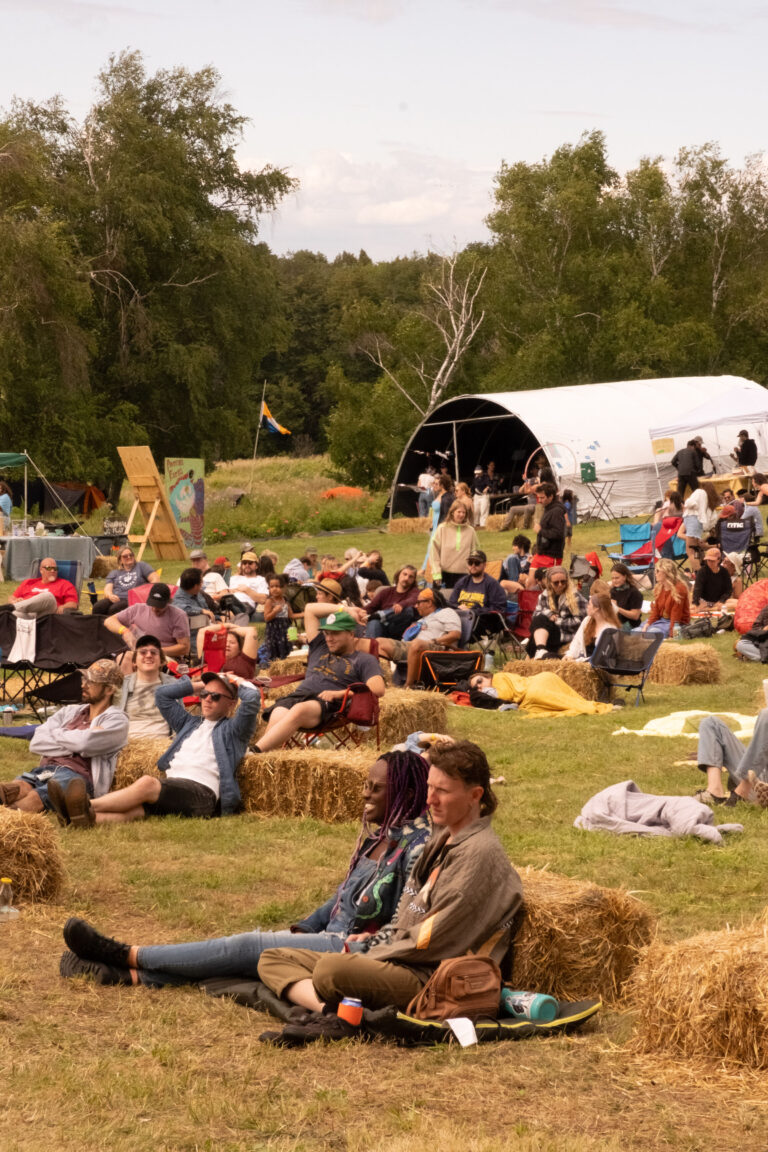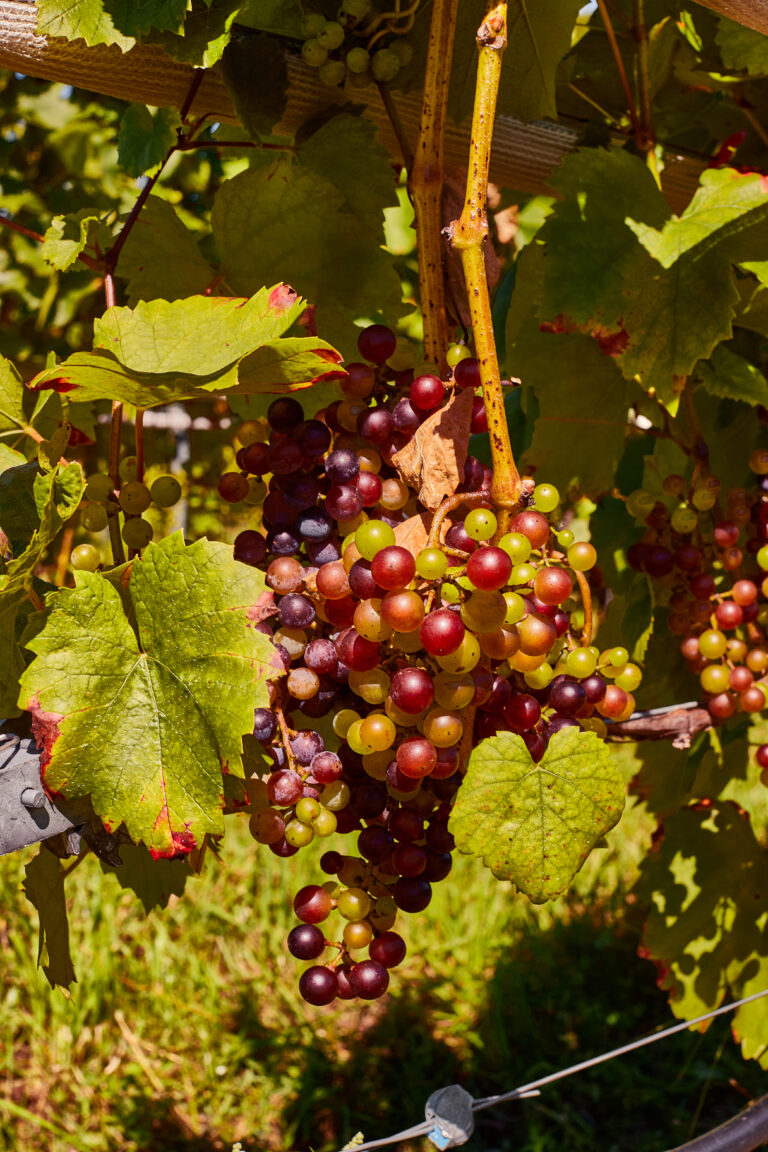
Simon’s Tavern: A 90-Year Legacy of Nordic Tradition
There aren’t a lot of perks to living in a place like Chicago during the cold, hard winters, but Simon’s Tavern in Andersonville is one of them. Simon’s is the type of place that you know deep down in your gut will be good for you on a cold day: dark, warm, older than almost any other institution on the street. Steeped in legends of eras bygone and the smell of glögg cooking in a stock pot large enough to bathe a small child, Simon’s has been standing guard against the cold winters of Chicagoland since 1934.
Owner Scott Martin knows full well the importance of Simon’s legacy—and of the famous glögg that the tavern serves every winter. His recipe has been well-honed over the decades, as has his sense of responsibility as a steward of Andersonville’s history.
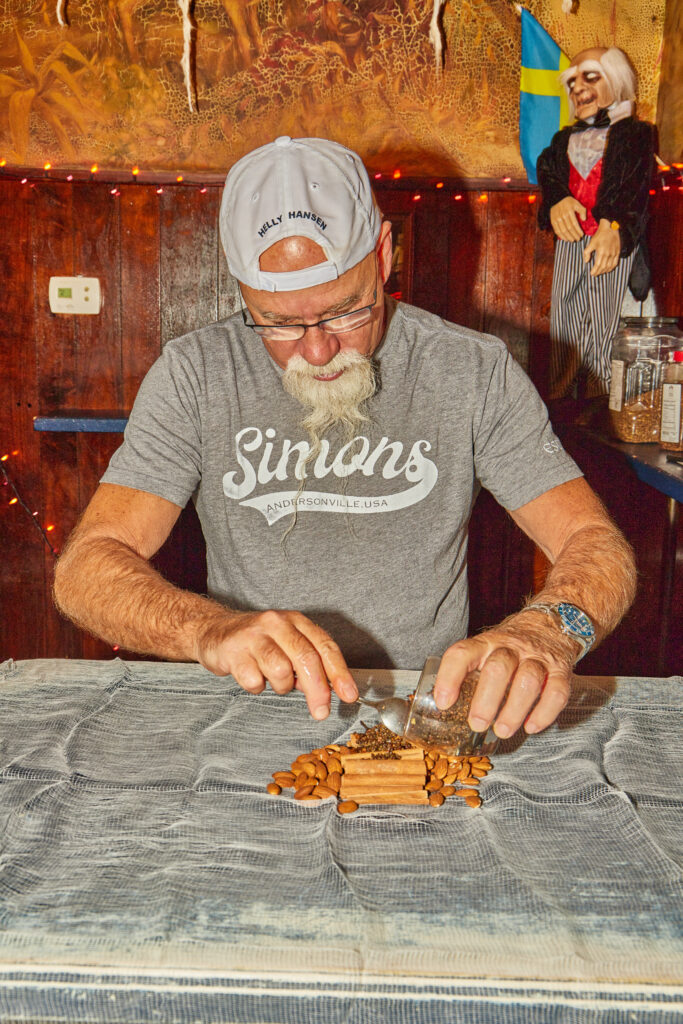
“That’s the magic of what we do,” said Martin. “This place hasn’t changed that much in 90 years. It’s all the original woodwork, all of the original coolers—we’re still working with the original things from 1934.”
Martin has lived in Andersonville all his life. He is now the owner of some of the last remaining Swedish businesses on the street—Simon’s, of course, and Svea Restaurant, which he bought from owner Kurt Mathiasson, who founded the Swedish Heritage Museum. According to Martin, as Mathiasson was battling cancer, he approached Martin to take the helm and maintain his legacy in the same way Martin had done for the Lundberg family, who originally owned Simon’s.
Photos on the wall at Simon’s show snapshots of a neighborhood that no longer exists: parades with float after float celebrating Swedish heritage, giant Swedish flags, and groups of men holding signs for the Tavern Owners Association. It’s easy to tell from the way Martin reels off the names of businesses long shuttered and families who moved away that the old neighborhood looms large in his memory.
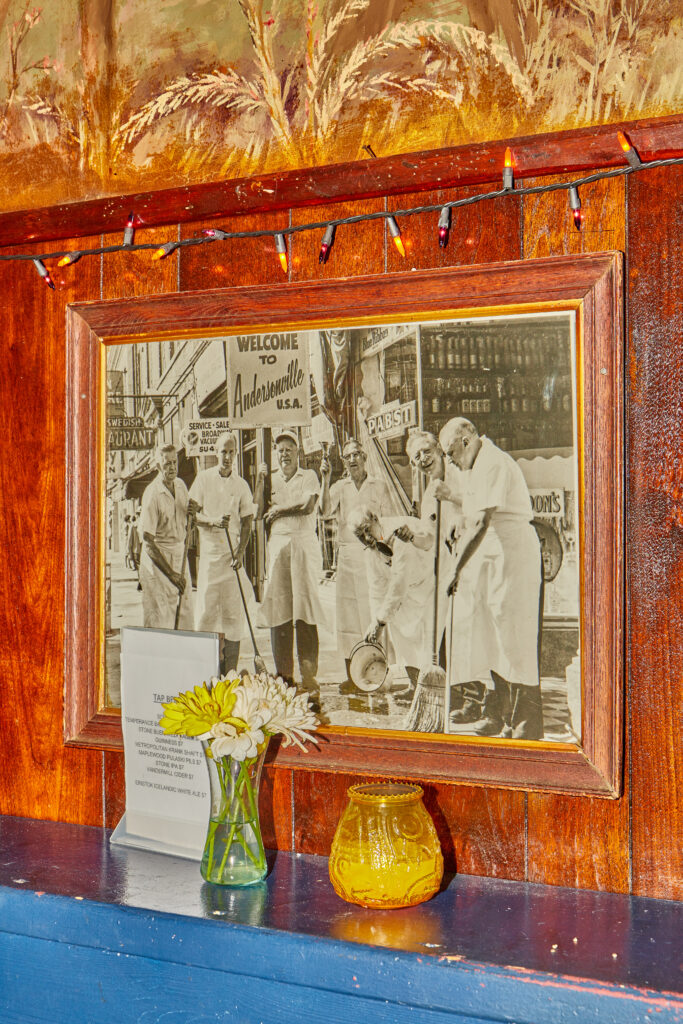
“There were Swedish bakeries everywhere. When you walked through the streets, you would smell butter, sugar, and cardamom. I have amazing memories of what that was like, living in a neighborhood where people were still so tied to their homeland,” said Martin. As Swedish families began to assimilate and move to other areas, Andersonville hit hard times and then gradually built itself back up. It was around then, in 1994, that Martin bought Simon’s from Roy Lundberg, the son of the eponymous Simon.
From behind the original wooden bar, Martin has watched the neighborhood change again since the 90s. With Sweetgreen on the corner a few blocks down, rents rising steadily, and local businesses disappearing, it seems the neighborhood is on the brink of yet another change in identity.
As leases come up for legacy businesses, owners are finding it difficult to meet the rents that landlords have come to expect when dealing with corporate clients. Down the block from Simon’s, a Taco Bell Cantina is under construction, a prominent reminder of another blow to the neighborhood’s local spirit. “That’s when you need the public demonstration—neighbors asking them please not to move in and take that space. I mean, what about this place?” said Martin, gesturing to the bar where his dad brought him for his first beer. A fruitless petition signed by over 2,400 Chicago residents circulated last year requesting that aldermen deny permits to the chain. Now, residents have resorted to writing letters in hopes that a liquor license will be denied, leaving space for taverns like Simon’s to continue their role as neighborhood watering hole.
Martin, biased though he may be, knows the value of a bar like Simon’s. “Our beautiful responsibility is to serve the person walking through that door, whatever they’re getting away from or coming to find. When they come here, it’s a time of recreation. Our responsibility is to serve them where they are. That’s what we’re for, neighborhood bars.”
Despite the construction down the street, busy season is approaching at Simon’s, where I spent an afternoon watching Martin brew the first batch of his secret recipe for glögg (pronounced glug). A mulled wine of sorts, glögg has become something of a staple at Simon’s. Martin has been brewing it since 1994, and what started as a 70-gallon endeavor has become a tradition of thousands of gallons. “It gets insane in here. Everything is sticky, and it smells like Christmas. It’s a great time,” said Martin.
His winter brew, which is sold starting on Thanksgiving eve, is the best-known version, featuring raisins, cinnamon sticks, cardamom, cloves, orange peels, almonds, and port wine, along with a few secret ingredients (including the aromatics from the previous year’s brew). It’s a recipe that he’s honed over the years to pay homage to the distinctly Nordic tradition, but one that varies from family to family: “I’ve had little old ladies bring in a jar of their glögg to tell me how glögg should be made,” laughed Martin.
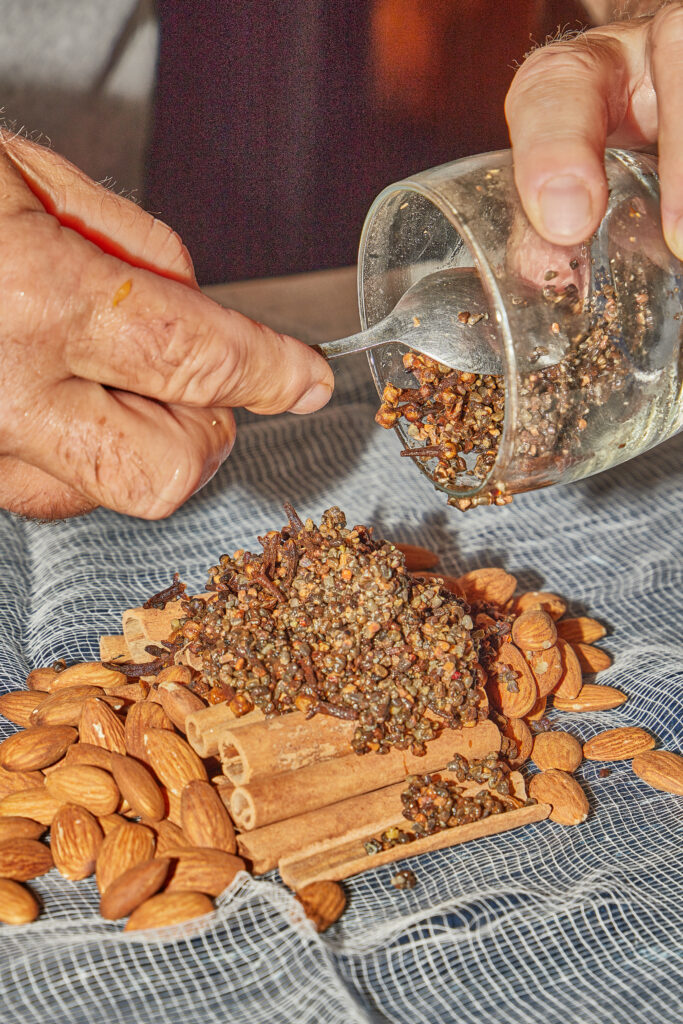
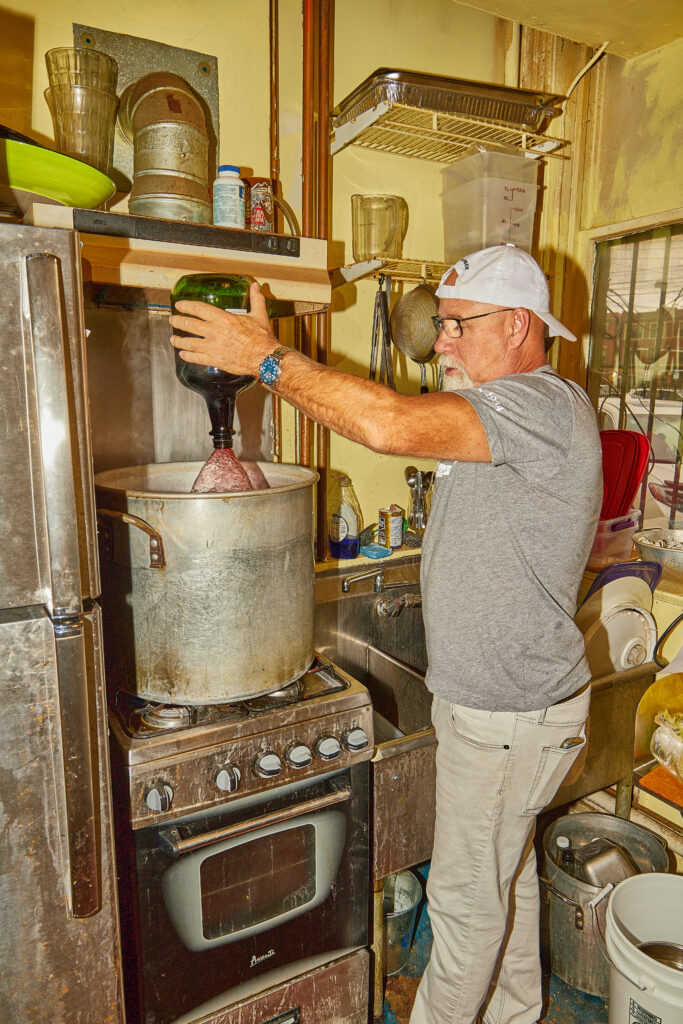
For Martin, the yearly fundraiser that Simon’s hosts to benefit the Ebenezer Lutheran Church shows off what neighborhood bars offer that chains never could: “We’ll have 120 people in here, arm in arm, singing Silent Night and drinking glögg. You could hear a pin drop. It doesn’t happen in any other bar.”

